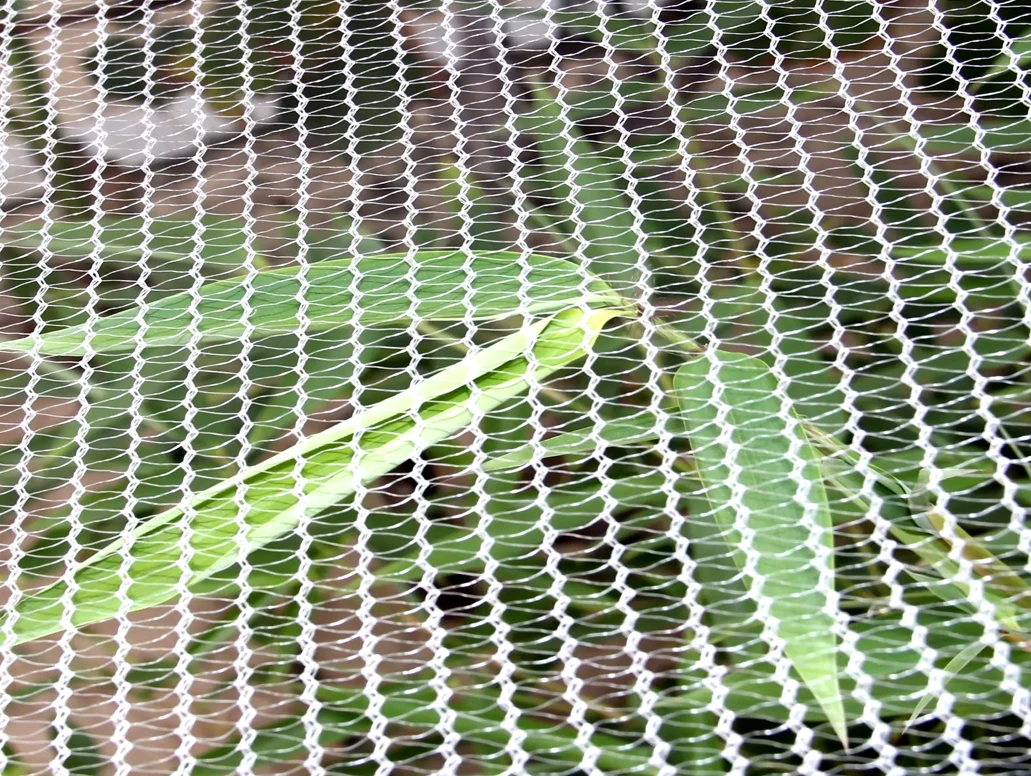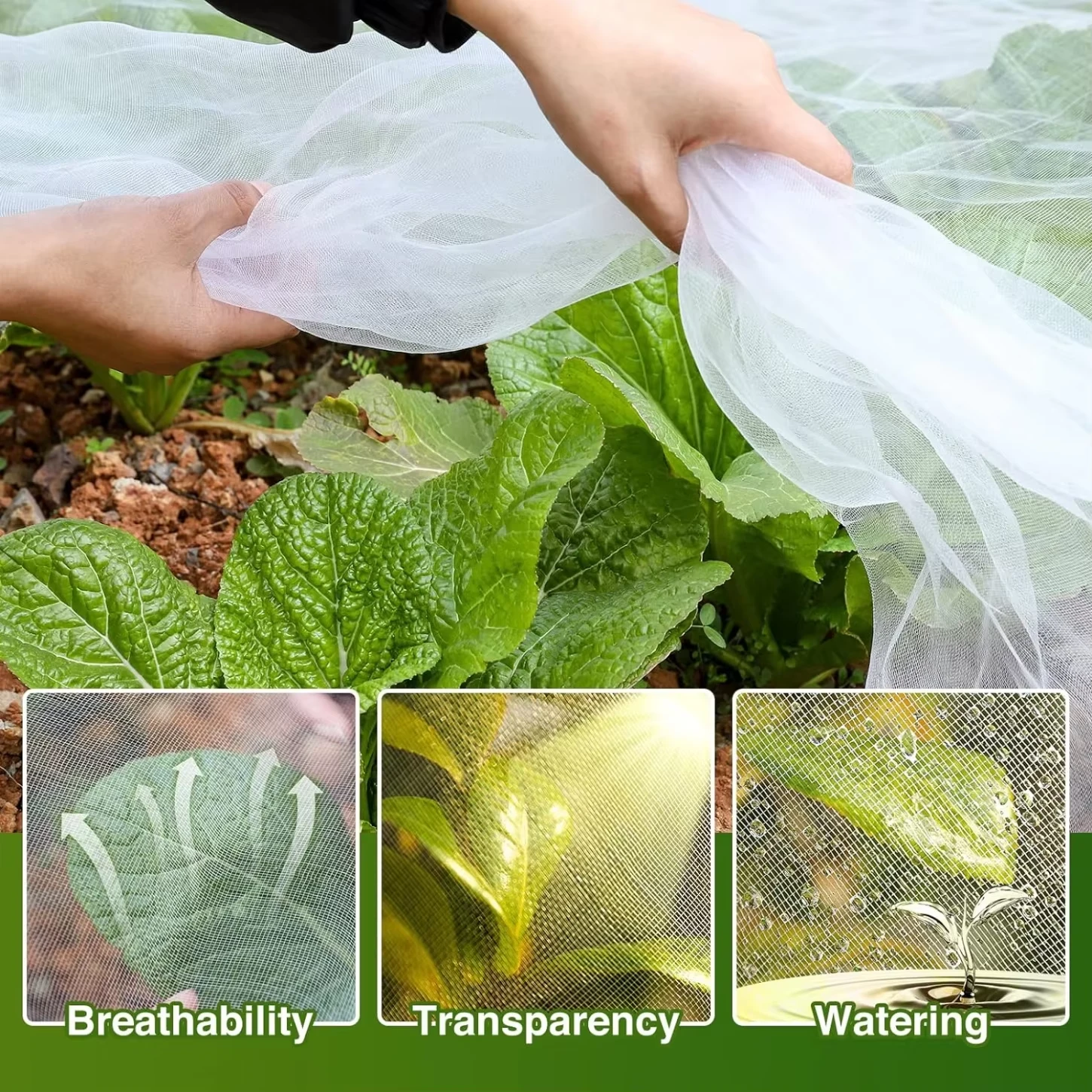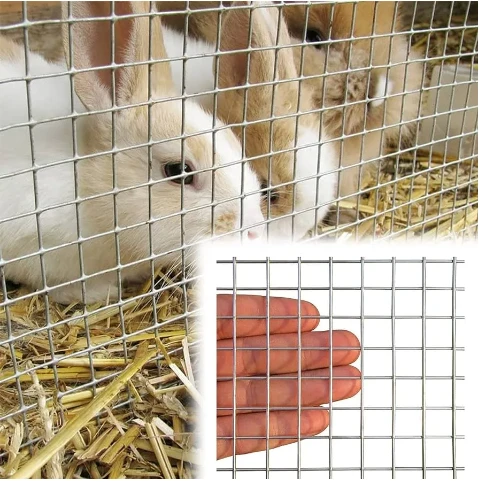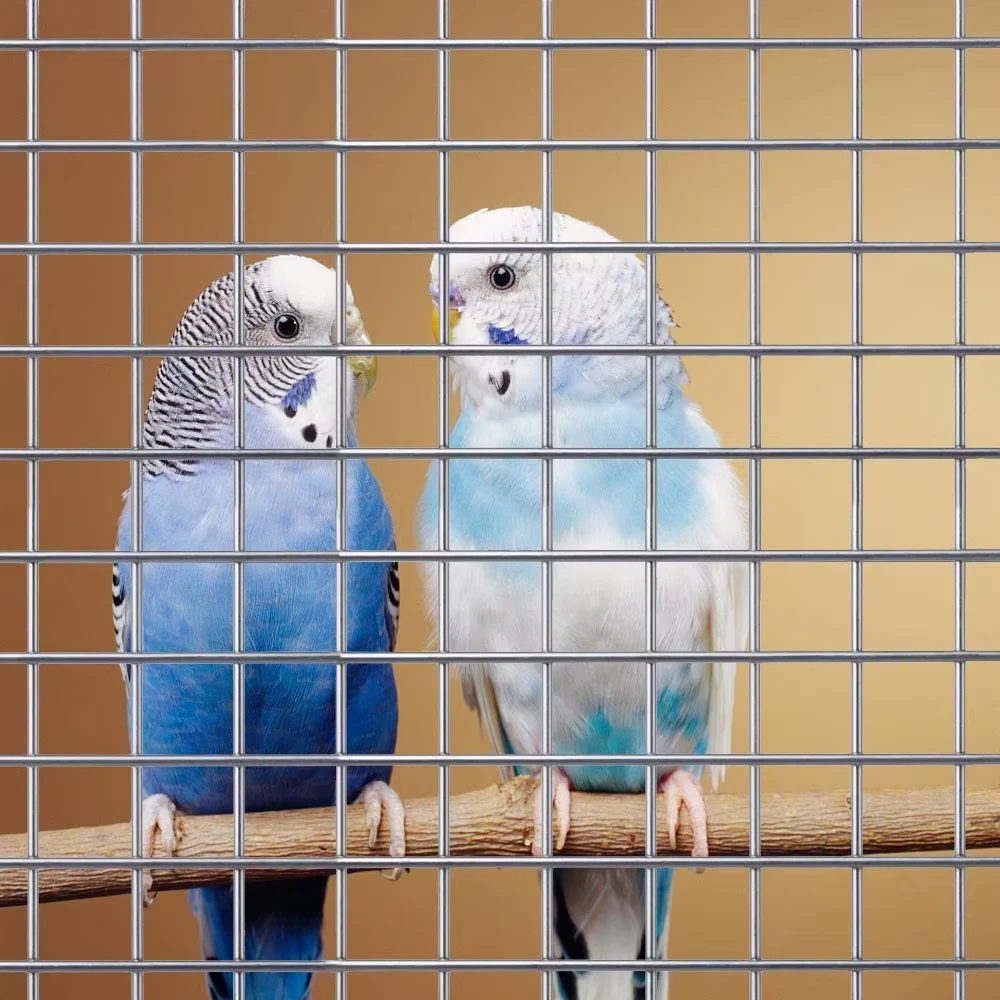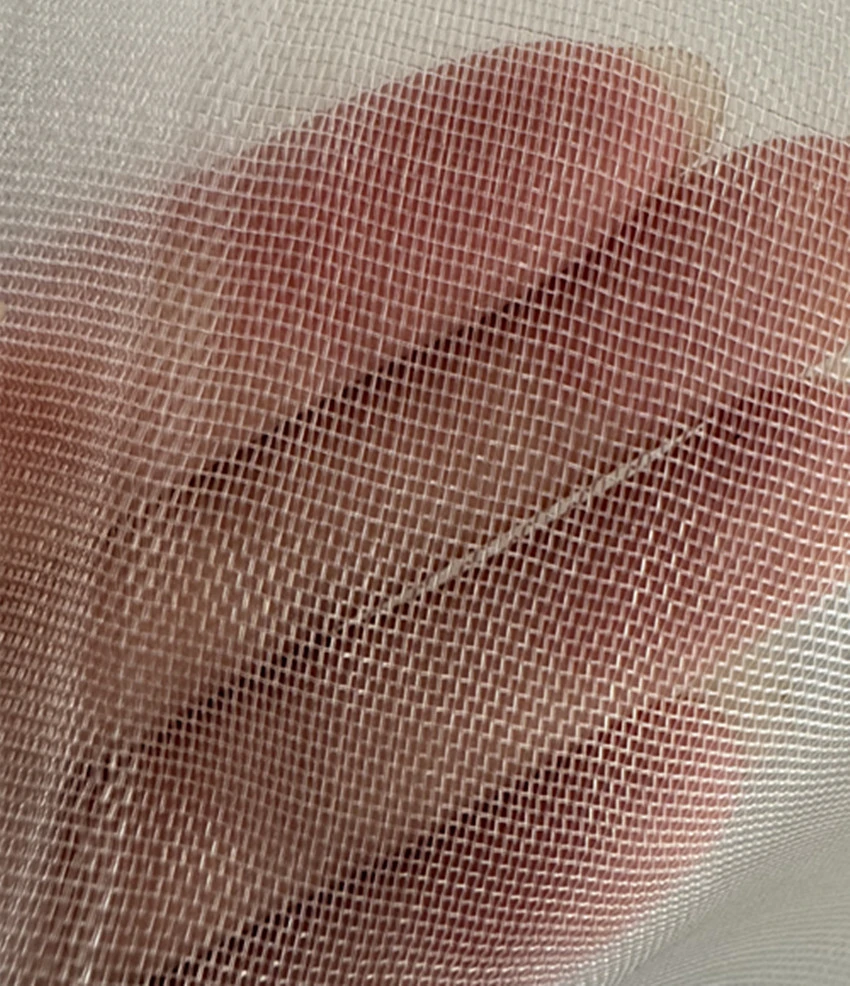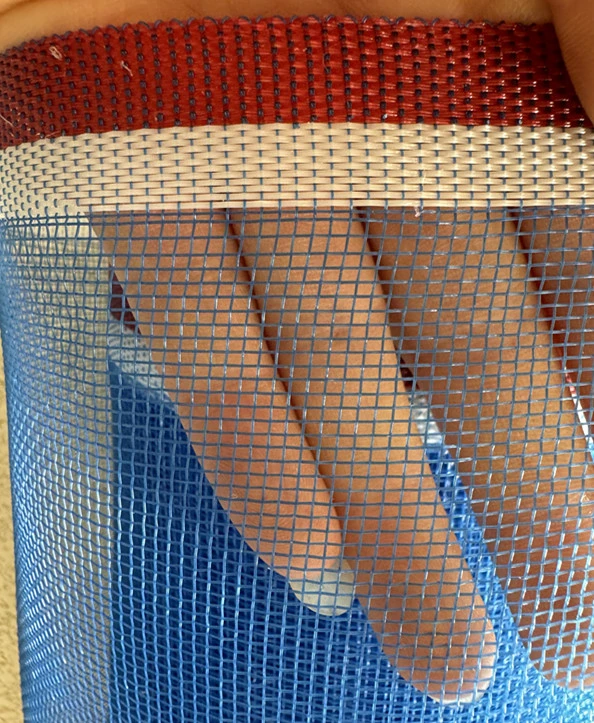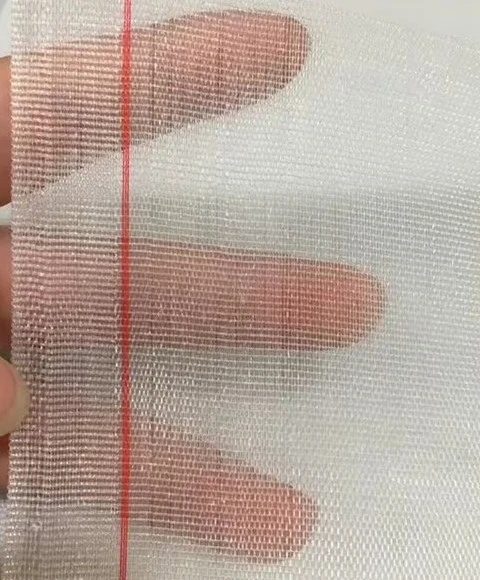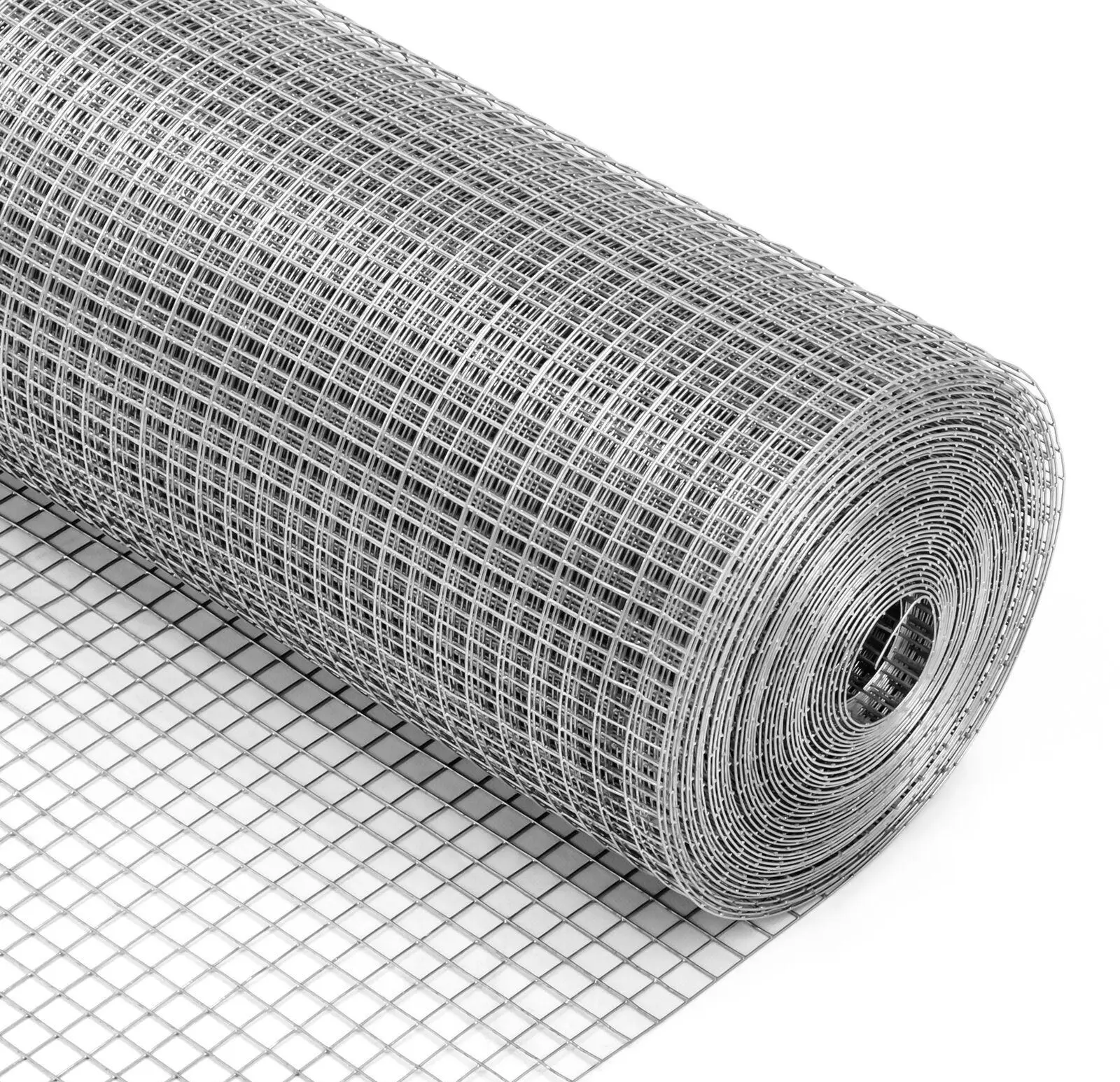-
 Afrikaans
Afrikaans -
 Albanian
Albanian -
 Amharic
Amharic -
 Arabic
Arabic -
 Armenian
Armenian -
 Azerbaijani
Azerbaijani -
 Basque
Basque -
 Belarusian
Belarusian -
 Bengali
Bengali -
 Bosnian
Bosnian -
 Bulgarian
Bulgarian -
 Catalan
Catalan -
 Cebuano
Cebuano -
 China
China -
 Corsican
Corsican -
 Croatian
Croatian -
 Czech
Czech -
 Danish
Danish -
 Dutch
Dutch -
 English
English -
 Esperanto
Esperanto -
 Estonian
Estonian -
 Finnish
Finnish -
 French
French -
 Frisian
Frisian -
 Galician
Galician -
 Georgian
Georgian -
 German
German -
 Greek
Greek -
 Gujarati
Gujarati -
 Haitian Creole
Haitian Creole -
 hausa
hausa -
 hawaiian
hawaiian -
 Hebrew
Hebrew -
 Hindi
Hindi -
 Miao
Miao -
 Hungarian
Hungarian -
 Icelandic
Icelandic -
 igbo
igbo -
 Indonesian
Indonesian -
 irish
irish -
 Italian
Italian -
 Japanese
Japanese -
 Javanese
Javanese -
 Kannada
Kannada -
 kazakh
kazakh -
 Khmer
Khmer -
 Rwandese
Rwandese -
 Korean
Korean -
 Kurdish
Kurdish -
 Kyrgyz
Kyrgyz -
 Lao
Lao -
 Latin
Latin -
 Latvian
Latvian -
 Lithuanian
Lithuanian -
 Luxembourgish
Luxembourgish -
 Macedonian
Macedonian -
 Malgashi
Malgashi -
 Malay
Malay -
 Malayalam
Malayalam -
 Maltese
Maltese -
 Maori
Maori -
 Marathi
Marathi -
 Mongolian
Mongolian -
 Myanmar
Myanmar -
 Nepali
Nepali -
 Norwegian
Norwegian -
 Norwegian
Norwegian -
 Occitan
Occitan -
 Pashto
Pashto -
 Persian
Persian -
 Polish
Polish -
 Portuguese
Portuguese -
 Punjabi
Punjabi -
 Romanian
Romanian -
 Russian
Russian -
 Samoan
Samoan -
 Scottish Gaelic
Scottish Gaelic -
 Serbian
Serbian -
 Sesotho
Sesotho -
 Shona
Shona -
 Sindhi
Sindhi -
 Sinhala
Sinhala -
 Slovak
Slovak -
 Slovenian
Slovenian -
 Somali
Somali -
 Spanish
Spanish -
 Sundanese
Sundanese -
 Swahili
Swahili -
 Swedish
Swedish -
 Tagalog
Tagalog -
 Tajik
Tajik -
 Tamil
Tamil -
 Tatar
Tatar -
 Telugu
Telugu -
 Thai
Thai -
 Turkish
Turkish -
 Turkmen
Turkmen -
 Ukrainian
Ukrainian -
 Urdu
Urdu -
 Uighur
Uighur -
 Uzbek
Uzbek -
 Vietnamese
Vietnamese -
 Welsh
Welsh -
 Bantu
Bantu -
 Yiddish
Yiddish -
 Yoruba
Yoruba -
 Zulu
Zulu
Sunshade Net: Superior UV Protection & Cool Shade
Industry Trends and the Evolving Landscape of Sun Protection Solutions
In an era marked by increasing climatic volatility and a global emphasis on sustainable agricultural practices, the demand for advanced sun protection solutions has surged dramatically. The market for sunshade net technology is experiencing robust growth, driven by its critical role in optimizing crop yields, protecting livestock, and enhancing outdoor comfort across diverse commercial and industrial applications. Global warming trends, characterized by more intense and prolonged periods of sunlight exposure, necessitate sophisticated UV protection strategies for both sensitive biological systems and outdoor infrastructure. This escalating need is further amplified by a growing awareness among agricultural professionals and industrial stakeholders regarding the economic advantages of controlled environments, leading to substantial investments in innovative shading technologies. Furthermore, the expansion of vertical farming, urban agriculture initiatives, and specialized aquaculture systems, all of which often require precise environmental controls, are significant contributors to the increased adoption of high-performance sun protection materials. The industry is witnessing a shift towards nets that offer not only superior UV resistance but also tailored light transmission, improved airflow, and enhanced durability, reflecting a market demand for solutions that are both effective and resilient against harsh environmental conditions. Manufacturers are increasingly focused on developing products that integrate seamlessly into existing operations, providing measurable returns on investment through improved resource efficiency and reduced operational costs. This dynamic environment underscores the importance of selecting a shading solution that is engineered to meet precise operational demands, ensuring long-term performance and sustainability for critical agricultural and industrial projects worldwide.
The Art and Science Behind Sunshade Net Manufacturing
The production of a high-quality sunshade net involves a sophisticated multi-stage manufacturing process, ensuring optimal performance and longevity. At its core, the material chosen is typically virgin High-Density Polyethylene (HDPE), a polymer renowned for its excellent strength-to-density ratio, chemical inertness, and resistance to environmental degradation. The process commences with the extrusion of HDPE granules into uniform monofilament or tape yarns, where meticulously calibrated machinery ensures consistent diameter and tensile strength. A critical step at this stage is the integration of advanced UV stabilizers, often Hindered Amine Light Stabilizers (HALS), directly into the polymer matrix. This crucial additive dramatically extends the material's service life by mitigating the detrimental effects of ultraviolet radiation, preventing embrittlement and degradation over time. Following extrusion, these yarns are then fed into advanced warp-knitting machines. Unlike weaving, warp-knitting creates a highly stable, ladder-proof structure that resists unraveling if cut or torn, an indispensable feature for long-term outdoor applications. The knitting pattern and yarn denier are precisely controlled to achieve specific shade factors and ventilation properties. After knitting, the fabric undergoes a heat-setting process to stabilize its dimensions and eliminate internal stresses, followed by precise cutting to various standard or custom sizes. Finally, reinforced edges, often incorporating additional HDPE webbing, are sewn or ultrasonically welded, and rust-resistant brass or aluminum grommets are securely fitted at regular intervals to facilitate easy and durable installation. This comprehensive process, often adhering to stringent quality management systems like ISO 9001, ensures that the final product, such as our Outdoor UV Protection Sun Shade Net Agricultural Shade 50% Shade Net with Grommets, exhibits superior tear resistance, high tensile strength, and exceptional durability. The typical service life for a properly manufactured and installed sunshade net can range from 5 to 10 years, depending on the specific product specifications and the severity of environmental exposure. These nets find extensive applications across various industries, including agriculture for crop protection, horticulture for nursery shading, livestock farming for animal welfare, construction for scaffolding screens, and recreational areas for patio and pergola covers. Their primary advantages include significant energy savings by reducing cooling requirements in enclosed spaces, robust resistance to corrosive agents and environmental pollutants, and efficient light management to optimize growth conditions or provide comfort.

Fig 1: Illustrative example of the robust construction of a sunshade net, highlighting manufacturing precision.
Technical Specifications and Performance Metrics for Optimal Selection
Selecting the appropriate sunshade net requires a thorough understanding of its technical specifications and how these parameters translate into real-world performance. Key metrics include the Shade Factor, which quantifies the percentage of sunlight blocked, ranging typically from 30% for light-sensitive plants to 90% for privacy or heavy shading requirements. Material composition is paramount; nets manufactured from 100% virgin HDPE with integrated UV stabilizers offer superior durability and resistance to degradation compared to those incorporating recycled materials or lacking proper UV protection. The fabric weight, often expressed in grams per square meter (GSM), correlates directly with material density and tensile strength, impacting the net's resistance to wind and physical stress. Tensile strength, measured in Newtons (N) per 5cm width, indicates the force required to break the material, while tear resistance, also in Newtons, measures its ability to withstand propagation of a tear once initiated. Breathability, determined by the knitting pattern, affects airflow and heat dissipation, crucial for preventing heat buildup beneath the net. Our Outdoor UV Protection Sun Shade Net Agricultural Shade 50% Shade Net with Grommets exemplifies a balance of these critical parameters, offering 50% shade while maintaining excellent ventilation and durability for agricultural applications. Compliance with international standards such as ISO 13934-1 for tensile properties and ASTM D6694 for UV resistance is a strong indicator of a product's quality and longevity. Below is a detailed specification table that provides a clear overview of the typical parameters associated with high-performance agricultural shade nets, aiding B2B buyers in making informed decisions tailored to their specific project requirements. These figures are derived from extensive laboratory testing and field performance evaluations, ensuring reliability and consistency.
| Parameter | Description | Typical Range/Value | YJ Wire Mesh (50% Shade Net) |
|---|---|---|---|
| Shade Factor | Percentage of sunlight blocked | 30% - 90% | 50% |
| Material | Primary polymer composition | Virgin HDPE with UV Stabilizer | 100% Virgin HDPE with HALS |
| GSM (Grams per Square Meter) | Fabric weight/density | 60 - 300 GSM | ~100-120 GSM (for 50% shade) |
| UV Resistance | Ability to withstand UV degradation (Kly) | 300-1000 Kly (Kilo-Langley) | ~700 Kly (Approx. 5-7 years outdoor life) |
| Tensile Strength (Warp) | Force to break along length (N/5cm) | 200 - 800 N/5cm | ~450 N/5cm (ISO 13934-1) |
| Tear Resistance (Warp) | Force to propagate tear (N) | 50 - 200 N | ~100 N (ISO 13937-2) |
| Knitting Pattern | Method of fabric construction | Warp-knitted (Lock stitch) | Warp-knitted, Run-resistant |
| Grommet Material | Material of eyelets for installation | Brass/Aluminum | Rust-resistant Brass |
Diverse Applications and Practical Scenarios for Sunshade Net Solutions
The versatility of the sunshade net extends its utility across an impressive array of industrial, agricultural, and commercial applications, each benefiting from its specific properties. In the agricultural sector, these nets are indispensable for protecting delicate crops from excessive solar radiation, which can lead to sunburn, wilting, and reduced yields. For instance, in greenhouse environments, a 50% shade net like our Outdoor UV Protection Sun Shade Net ensures optimal light intensity for vegetables and ornamental plants, preventing heat stress while allowing sufficient photosynthesis. This translates directly into improved crop quality and higher market value, particularly for crops sensitive to direct sunlight such as lettuce, peppers, and certain flowering plants. For nurseries, shade nets facilitate the healthy growth of young plants and seedlings, shielding them from harsh conditions during their most vulnerable stages. Beyond plant cultivation, these nets are increasingly deployed in livestock farming to create cooler, more comfortable environments for animals, reducing heat stress in poultry, dairy cattle, and other livestock, which in turn can prevent production losses and improve animal welfare. In the construction industry, shade nets serve as vital safety screens on scaffolding, containing debris and providing sun protection for workers on site. Furthermore, in recreational and commercial spaces, they offer practical solutions for shading carports, patios, swimming pools, and outdoor dining areas, significantly enhancing comfort and usability. The judicious deployment of a precisely engineered sunshade net can dramatically mitigate the adverse effects of climate extremes, enabling businesses to maintain operational efficiency and productivity even under challenging environmental conditions. Through strategic application, these nets become critical tools for resource management, extending the operational lifespan of both agricultural assets and outdoor commercial infrastructures by safeguarding them against premature wear and tear induced by relentless sun exposure.

Fig 2: A common application of sunshade nets in agriculture, demonstrating crop protection and environmental control.
Unpacking the Technical Advantages and Customization Capabilities
The technical advantages of a well-engineered sunshade net extend far beyond mere light reduction, encompassing a suite of properties designed to deliver superior performance and return on investment. Foremost among these is superior UV protection, achieved through the integral blending of UV stabilizers into the HDPE polymer. This ensures that the net itself resists photodegradation, maintaining its structural integrity and aesthetic over many years, even in regions with extreme solar radiation. Concurrently, it offers robust protection to the assets beneath it, whether delicate crops, sensitive equipment, or valuable livestock. The material's inherent breathability, a direct result of its warp-knitted structure, is crucial for promoting air circulation and preventing the oppressive heat buildup often associated with impermeable barriers. This property aids in reducing ambient temperatures, minimizing the need for active cooling systems, and thus yielding significant energy savings. Furthermore, the selection of virgin HDPE guarantees chemical inertness, meaning the net will not react with fertilizers, pesticides, or other common agricultural chemicals, nor will it leach harmful substances into the soil or water. This non-reactivity ensures the purity of the surrounding environment and the safety of the products being cultivated. The unique run-resistant knit of our shade nets prevents unraveling and fraying if the material is punctured or cut, significantly extending its operational life and reducing maintenance costs. Customization options are extensive, allowing for tailoring the shade factor, color, and dimensions to precise project specifications. For instance, different shade factors (e.g., 30%, 50%, 75%) can be specified for diverse crop requirements, and custom widths and lengths minimize waste and optimize coverage for unique structural layouts. Specialized reinforcement along the edges and the strategic placement of rust-resistant grommets further enhance adaptability, allowing for secure installation in high-wind environments or on complex structures. This level of technical sophistication and customization ensures that each sunshade net solution is perfectly aligned with the client's operational demands, providing a durable, efficient, and cost-effective environmental control mechanism.

Fig 3: Close-up of sunshade net's reinforced edges and grommets, showcasing enhanced durability and customization.
Strategic Manufacturer Comparison and Selection Criteria for B2B Procurement
When procuring a sunshade net for large-scale agricultural, industrial, or commercial projects, the choice of manufacturer is as critical as the product's specifications. A robust supplier evaluation process must extend beyond basic pricing to encompass factors that guarantee long-term performance, reliability, and support. Key criteria for manufacturer comparison include verifiable industry certifications such as ISO 9001 for quality management and ISO 14001 for environmental management, indicating a commitment to international operational standards. Furthermore, assessing a manufacturer's research and development capabilities is crucial; companies that invest in R&D are more likely to offer cutting-edge products with enhanced UV stability, improved knitting patterns, and superior material compositions. Production capacity and lead times are also vital considerations, especially for projects with strict deadlines or those requiring large volumes. A reputable manufacturer should have robust manufacturing infrastructure capable of meeting bulk orders without compromising quality or delivery schedules. The transparency of material sourcing, specifically the use of virgin HDPE and the explicit declaration of UV stabilizer types and concentrations, speaks volumes about product integrity. Companies with extensive service histories and a track record of successful project implementations, often spanning decades in the industry, typically possess invaluable expertise in diverse application challenges. Our commitment at YJ Wire Mesh is exemplified by our adherence to stringent quality control protocols at every stage of production, from raw material inspection to finished product testing. We routinely conduct independent third-party testing for tensile strength, tear resistance, and UV degradation to provide unbiased data. Our dedicated technical support team offers comprehensive pre-sale consultation and post-sale assistance, guiding clients through product selection, installation best practices, and troubleshooting. This holistic approach to client service, combined with a persistent drive for innovation and certified quality assurance, positions us as a reliable partner in providing high-performance sunshade net solutions that meet the exacting demands of modern B2B enterprises.
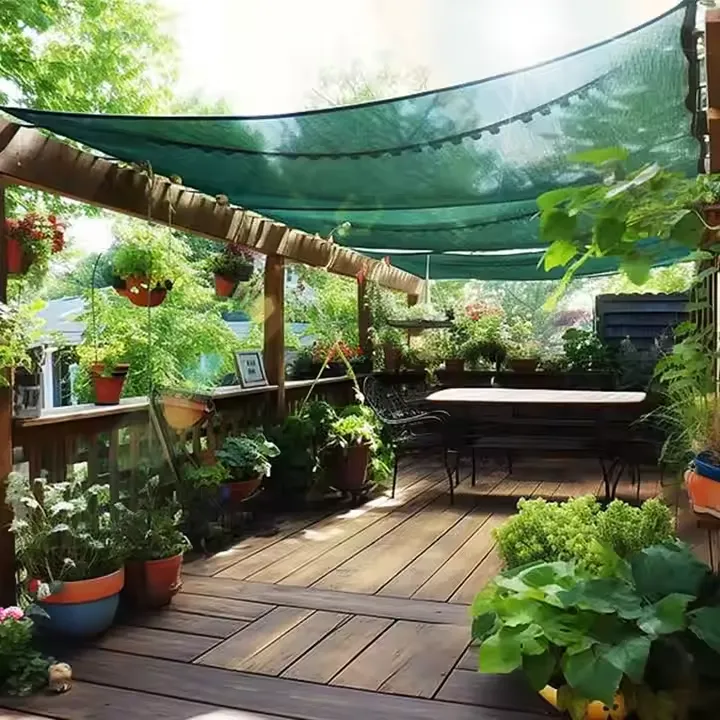
Fig 4: Illustration of a quality inspection stage, highlighting the rigorous standards applied during sunshade net production.
Application Case Studies and Client Successes
Real-world application provides the most compelling evidence of a sunshade net's efficacy and value. Consider a large-scale commercial tomato farm in a highly sun-intensive region. Facing consistent crop damage from excessive solar radiation, leading to sunscald and reduced fruit quality, the farm implemented our Outdoor UV Protection Sun Shade Net Agricultural Shade 50% Shade Net with Grommets across 10 acres. Within a single growing season, the farm reported a 15% increase in marketable yield due to significantly reduced sunscald incidents and more uniform fruit ripening. The controlled environment also led to a 10% reduction in irrigation water usage, as the shade helped to lower evapotranspiration rates. Another prominent case involves a poultry farm seeking to mitigate heat stress during peak summer months. By installing our sunshade net over their open-sided coops, the internal ambient temperature was consistently lowered by an average of 5-7°C during the hottest parts of the day. This resulted in a notable decrease in bird mortality rates, improved feed conversion ratios, and a substantial reduction in energy costs associated with supplemental cooling systems. A third instance illustrates adaptability in non-agricultural contexts: a major outdoor event venue required a durable, long-term shading solution for its seating areas. Our customized shade nets, tailored to the venue's unique structural dimensions and engineered with reinforced edges for high wind resistance, provided effective UV protection and comfort for attendees throughout the summer season. The feedback highlighted the nets' aesthetic appeal, ease of maintenance, and their significant contribution to enhancing the overall visitor experience, leading to a demonstrable increase in event attendance during warmer months. These diverse cases underscore the transformative impact of high-quality sun protection solutions on operational efficiency, resource conservation, and overall profitability across varied industries. Our commitment extends beyond mere product delivery; we partner with clients to provide tailored solutions and follow-up support, ensuring maximum return on their investment and fostering long-term success.
Frequently Asked Questions (FAQ) about Sunshade Net Solutions
Understanding the intricacies of sunshade net products is essential for optimal utilization and long-term satisfaction. Here are answers to some frequently asked questions from our B2B clients:
Q1: What is the typical lifespan of your UV-stabilized HDPE sunshade nets?
A1: Our Outdoor UV Protection Sun Shade Net, manufactured from 100% virgin HDPE with advanced UV stabilizers, typically boasts a service life of 5 to 10 years under normal outdoor conditions. Factors such as extreme solar intensity, harsh weather events (e.g., strong winds, hail), and proper installation practices can influence this duration. Our comprehensive testing ensures resilience against prolonged exposure.
Q2: Can your sunshade nets be customized for specific dimensions or shade factors?
A2: Absolutely. We specialize in providing bespoke solutions. While our standard offering includes a 50% shade net, we can manufacture nets with varying shade factors (e.g., 30%, 75%, 90%) and custom dimensions to precisely fit your project requirements. We also offer options for reinforced edges and specific grommet placements to ensure perfect integration and durability.
Q3: How do your sunshade nets impact crop growth and yield in agricultural settings?
A3: By reducing excessive solar radiation and maintaining cooler ambient temperatures, our agricultural sunshade net mitigates heat stress and sunburn on plants. This promotes healthier growth, reduces water consumption through lower evapotranspiration, and can significantly increase marketable crop yields. The optimal shade factor ensures sufficient light for photosynthesis while preventing damage.
Q4: Are these nets resistant to common agricultural chemicals and cleaning agents?
A4: Yes, our nets are made from chemically inert virgin HDPE, making them highly resistant to most common agricultural chemicals, fertilizers, and pesticides. They can also be cleaned using mild detergents and water without fear of degradation or damage to the material, ensuring hygiene and longevity in intensive farming environments.
Q5: What are the installation requirements for your sunshade nets?
A5: Our nets, including the Outdoor UV Protection Sun Shade Net Agricultural Shade 50% Shade Net with Grommets, are designed for ease of installation. The integrated grommets facilitate secure attachment to various support structures using ropes, zip ties, or bungees. For large-scale applications, we recommend a robust support framework to evenly distribute tension and minimize wind damage. Detailed installation guidelines are provided, and our technical team is available for consultation to ensure optimal setup and performance for your specific application.
Delivery Protocols, Quality Assurance, and Customer Support Commitments
At YJ Wire Mesh, our commitment to excellence extends beyond product manufacturing to encompass a seamless and reliable client experience, from initial inquiry through post-delivery support. Our delivery protocols are designed to be efficient and transparent, ensuring that your sunshade net orders reach you on time and in perfect condition. Standard lead times for common configurations are typically 2-4 weeks, though this can vary based on order volume, customization complexity, and current production schedules. For urgent projects, expedited shipping options are available upon request, and we maintain robust logistics partnerships to facilitate both domestic and international deliveries. Each product undergoes rigorous final inspection before dispatch, verifying adherence to all specified parameters and quality standards. This comprehensive quality assurance process is underpinned by our ISO 9001 certification, which mandates meticulous checks at every stage of production—from raw material inspection and in-process monitoring to finished goods testing. We provide a comprehensive product warranty against manufacturing defects, typically covering a period of 1 to 3 years from the date of purchase, reflecting our confidence in the durability and performance of our sunshade net solutions. Our dedicated customer support team is available to assist with any queries or concerns. From technical specifications and installation guidance to troubleshooting and after-sales service, we ensure that our B2B clients receive unparalleled support. We believe that robust after-sales care is paramount for building long-term partnerships and maximizing the value our products deliver. This commitment to holistic service ensures that investing in our sunshade net solutions is not just a procurement decision, but a strategic partnership for enduring success in environmental control and asset protection.
Conclusion and Future Outlook in Environmental Control Technologies
The increasing global challenges posed by climate change, coupled with the imperative for sustainable resource management, position the sunshade net as an increasingly indispensable tool across a myriad of sectors. From optimizing agricultural yields and ensuring livestock welfare to enhancing comfort in recreational spaces and providing critical protection on construction sites, the utility of these engineered fabrics is undeniable. The sophisticated manufacturing processes, leveraging virgin HDPE with integrated UV stabilizers and advanced warp-knitting techniques, ensure unparalleled durability, chemical resistance, and long-term performance. The ability to precisely control light transmission, breathability, and physical resilience through tailored technical specifications offers an adaptable solution for diverse environmental control needs. Looking forward, the innovation within the sunshade net industry is projected to accelerate, driven by demands for even greater efficiency, smart integration, and enhanced material science. We anticipate developments in smart nets that dynamically adjust shade factors based on real-time light intensity and temperature data, possibly incorporating embedded sensors and responsive materials. Advancements in biodegradable polymers and enhanced recyclability will also play a crucial role, aligning with global sustainability goals. Furthermore, the integration of specialized coatings to repel dust, enhance water shedding, or even incorporate pest-repellent properties could revolutionize their application scope. As a leading manufacturer, we remain committed to pioneering these advancements, ensuring that our products continue to offer superior value and contribute significantly to the operational success and environmental stewardship of our B2B partners worldwide. The future of environmental control is intrinsically linked to intelligent material solutions, and the sunshade net stands at the forefront of this evolution, providing robust, reliable, and sustainable protection.
References
- International Organization for Standardization. ISO 9001:2015 - Quality management systems — Requirements.
- American Society for Testing and Materials. ASTM D6694 - Standard Specification for Polyethylene Sheeting for Construction, Industrial, and Agricultural Applications.
- United Nations Food and Agriculture Organization. Climate Change and Food Security.
- Journal of Agricultural Engineering Research. Studies on the impact of shade netting on crop physiology and yield.
- European Committee for Standardization. EN ISO 13934-1:2013 - Textiles — Tensile properties of fabrics — Part 1: Determination of maximum force and elongation at maximum force using the strip method.
-
The Sunshade Net Can Block Ultraviolet RaysNewsAug.11,2025
-
Main Application and Technology of Nylon ScreenNewsAug.11,2025
-
Green Anti UV Sunshade Net: The Perfect Combination of Ecological Friendliness and Practical PerformanceNewsAug.11,2025
-
Explore the Sunshade NetNewsAug.11,2025
-
Application and Development of Nylon Screen in Fuel Processing and TreatmentNewsAug.11,2025
-
Application and Advantages of Nylon Screen for AquacultureNewsAug.11,2025




